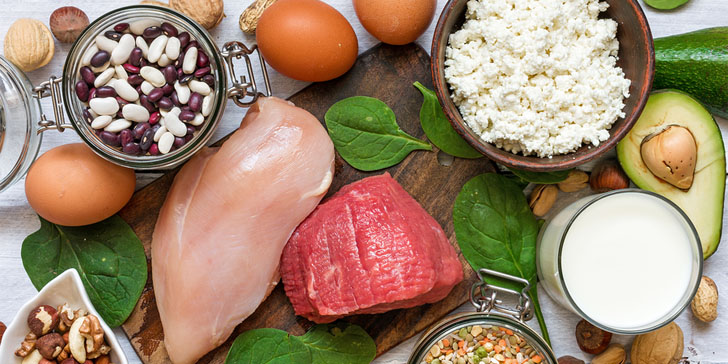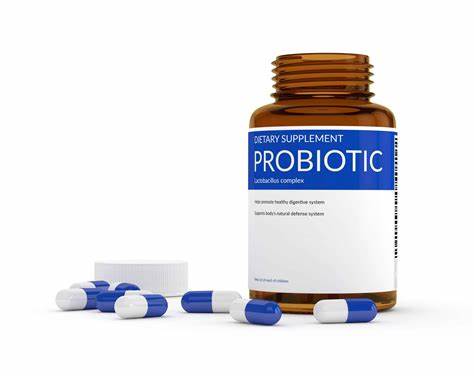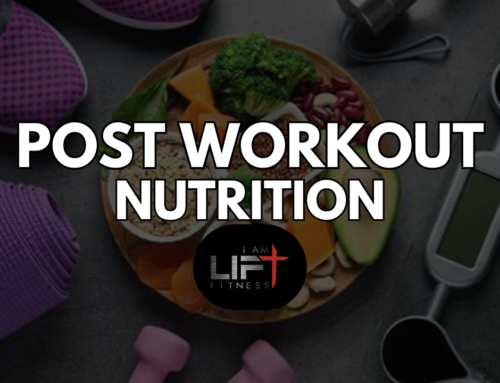The process of protein digestion and absorption is a complex interplay of various factors that can significantly impact how efficiently your body utilizes the proteins you consume. This guide breaks down the intricate science behind it, exploring the role of food structure, preparation methods, and individual variability in protein digestion and absorption.
The Fundamentals of Protein Digestion and Absorption
Protein digestion and absorption are influenced by three primary factors:
- Food Structure: The chemical and physical structure of the food you consume plays a crucial role in how efficiently your body digests and absorbs protein. It’s important to recognize that different types of foods have unique characteristics that affect their protein absorption rates.
- Food Preparation: The way you prepare and cook your food can either enhance or hinder protein digestion and absorption. Various cooking techniques, such as heat treatments, fermentation, and hydrolysis, can have a profound impact on the bioavailability of proteins.
- Individual Variability: Each person’s body processes proteins differently. The efficiency of breaking down plant and animal proteins into amino acids can vary from one individual to another. This individual capacity to digest and absorb proteins affects how effectively the consumed proteins are utilized for energy, muscle growth, and other bodily functions.
The Role of Food Structure
To understand the dynamics of protein digestion, it’s essential to recognize the distinctions between animal and plant proteins. Meat and dairy products exhibit a higher absorption rate of above 90%, whereas plant proteins typically fall within the 70-90% range. While plant-based foods offer numerous micronutrient benefits, they often lack essential amino acids and may contain anti-nutritional factors like protease inhibitors, tannins, phytic acid, and saponins. These factors can decrease the digestibility of plant proteins.

Protein quality is often measured by biological value, which gauges how efficiently the body utilizes consumed protein. In this context, whole eggs initially received a score of 100 with a 94% efficiency rating. However, advancements in food science have revealed certain products, such as whey protein, surpassing this efficiency rating, with biological values exceeding 100.
Here’s a ranking of protein quality based on estimated biological value:
- Whey Protein Isolate: 159
- Whey Protein Concentrate: 104
- Eggs Whole: 100
- Beef: 92
- Tuna: 92
- Eggs Whites: 88
- Pork: 85
- Chicken: 79
- Turkey: 79
- Casein Protein Powder: 77
- Soy Protein Powder: 74
- Fish: 70
- Lean Beef: 69
- Cow’s Milk: 60
- Brown Rice: 57
- White Rice: 56
- Peanuts: 55
- Peas & Legumes: 55
- Whole Wheat: 49
- Soybeans: 47
- Whole-grain Wheat: 44
- Peanuts: 43
- Corn: 36
- Beans: 34
Optimal Vegan Pairing Biological Values:
- 85% Rice & 15% Yeast: 118
- 55% Soy & 45% Rice: 111
- 55% Potatoes & 45% Soy: 103
- 52% Beans & 48% Corn: 101
The Impact of Food Preparation
The way you prepare and cook your food can either enhance or hinder protein digestion and absorption. Various techniques can significantly affect the bioavailability of proteins.
- Heat Treatments: Cooking is the essence of food preparation. Lower heat for shorter durations can denature proteins, deactivate anti-nutritional factors, and enhance overall protein absorption. For instance, heating egg whites can increase protein digestibility in humans from 51.3% to 90.9%. However, using higher heat for extended periods can reduce protein absorption due to maillard reactions, crosslink formation, and protein aggregation.
- Maillard Reactions: This reaction involves fusing proteins with sugars through processes like frying, searing, or broiling, enhancing taste and texture but reducing amino acid bioavailability.
- Crosslink Formation and Protein Aggregation: High-temperature treatment can lead to protein breakdown and the formation of insoluble or indigestible compounds. For instance, freeze-dried chicken, when reheated, can significantly reduce protein digestion rates.

- Pressure Cooking: The effects of pressure cooking on protein digestion vary based on factors like temperature, cook time, and food source. Pressure cooking can reduce cooking time by raising the boiling temperature, breaking down insoluble fiber, predigesting proteins, and eliminating anti-nutritional factors. However, extended cook times can lead to protein aggregation.
- Fermentation: The use of bacteria or fungi to alter food can enhance protein digestion. For instance, yogurt and kefir use lactic acid bacteria to partially digest milk proteins and improve digestibility. Fermented soybeans like miso and soy sauce employ fungi like Aspergillus oryzae to increase protein digestion.
- Protein Hydrolysis: Partial or extensive hydrolysis can increase protein availability. Products like baby formula, elder supplement drinks, and protein powder use hydrolysis to boost protein digestion and absorption. Hydrolyzed whey or soy protein, in particular, are known for their fast digestion and high absorption rates.
- Alkaline Treatment: Food processing often involves alkaline treatment to improve protein solubility. For instance, lime treatment of corn for tortilla preparation, known as nixtamalization, can enhance protein content and the bioavailability of amino acids like lysine.
- Soaking and Germination: Soaking can enhance protein digestibility by reducing anti-nutritional factors like phytic acid, saponins, and polyphenols. Sprouting the soaked seed can further improve digestibility, as it reduces more anti-nutritional factors.
- Meat Processing Techniques: Common meat processing techniques, such as salting, mincing, and aging, can influence protein digestion. However, the most significant factor affecting protein digestibility is temperature and duration, with higher heat and longer cook times negatively affecting digestion.
Individual Variability in Protein Digestion
One crucial aspect of protein digestion and absorption is the individual variability in how different people process proteins. The efficiency of breaking down plant and animal proteins into amino acids varies from person to person. This individual capacity plays a vital role in determining how effectively consumed proteins are utilized for various bodily functions.
Three Supplements to Boost Protein Digestion:
- Digestive Enzymes: These complex proteins aid in breaking down food into smaller molecules for absorption. Proteases, lipases, and glycosidases are common enzymes that can assist in protein digestion and absorption.
- Probiotics: Probiotics can enhance digestive enzymes such as protease and peptidase, aiding in protein digestion. They can also positively influence gut microbiota and improve amino acid absorption, particularly for plant-based proteins.
- Leucine: This branched-chain amino acid plays a vital role in stimulating muscle protein synthesis by signaling the availability of amino acids for muscle growth. Leucine supplementation can improve muscle growth and endurance performance.

Tips for Improving Protein Digestion:
- Choose foods with the highest biological values for optimal protein intake.
- Opt for lower-heat cooking methods to enhance protein absorption.
- Incorporate fermented, soaked, dehulled, and hydrolyzed foods into your diet.
- Enhance your personal protein digestion by using digestive enzymes, probiotics, and leucine supplements.
Now that you have a deeper understanding of the intricacies of protein digestion and absorption, you can make more informed choices about your dietary preferences and cooking methods. Whether you aim to maximize protein intake, improve muscle growth, or enhance your overall well-being, this knowledge empowers you to make the best choices for your unique needs. So go ahead and chase those gains with confidence!




